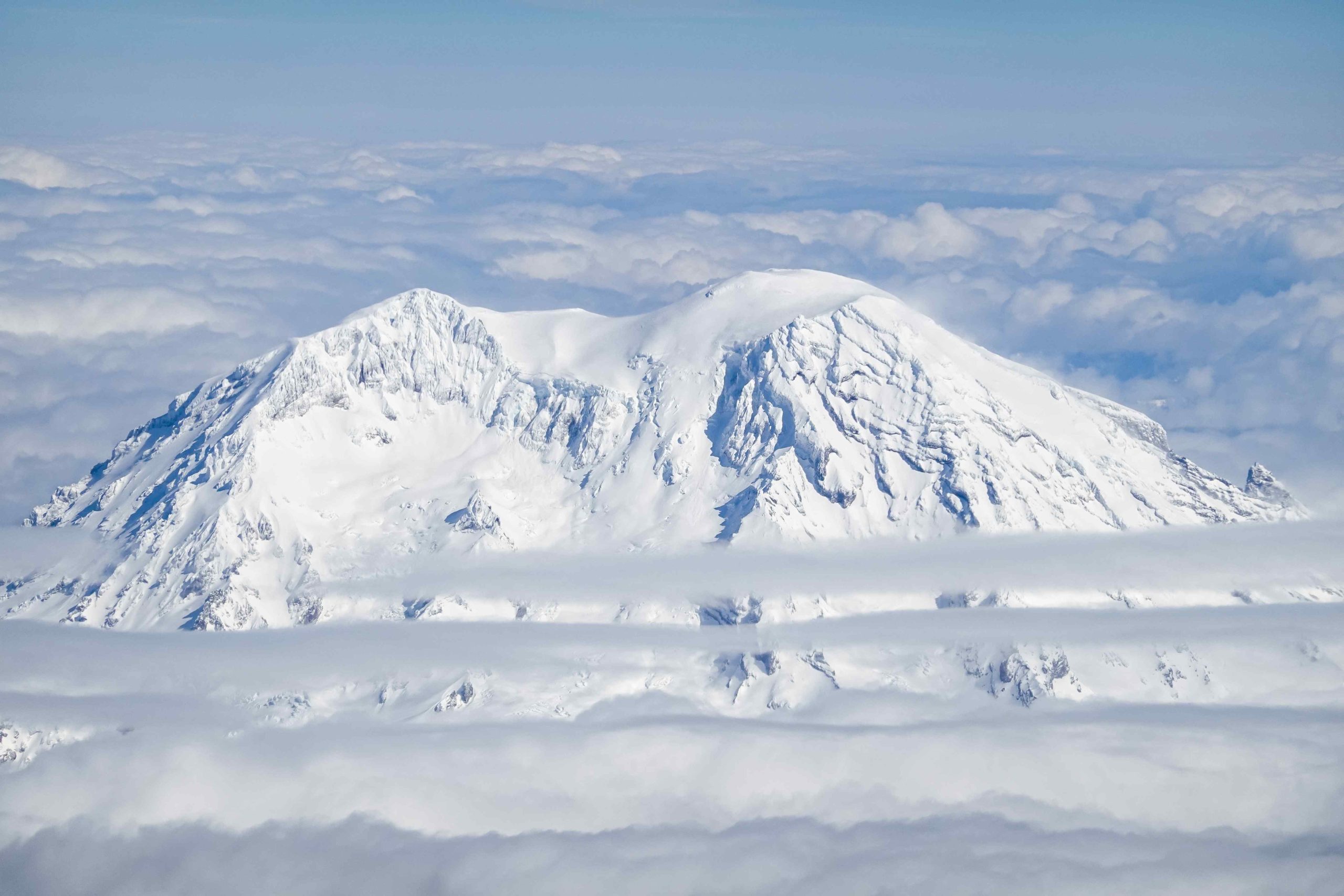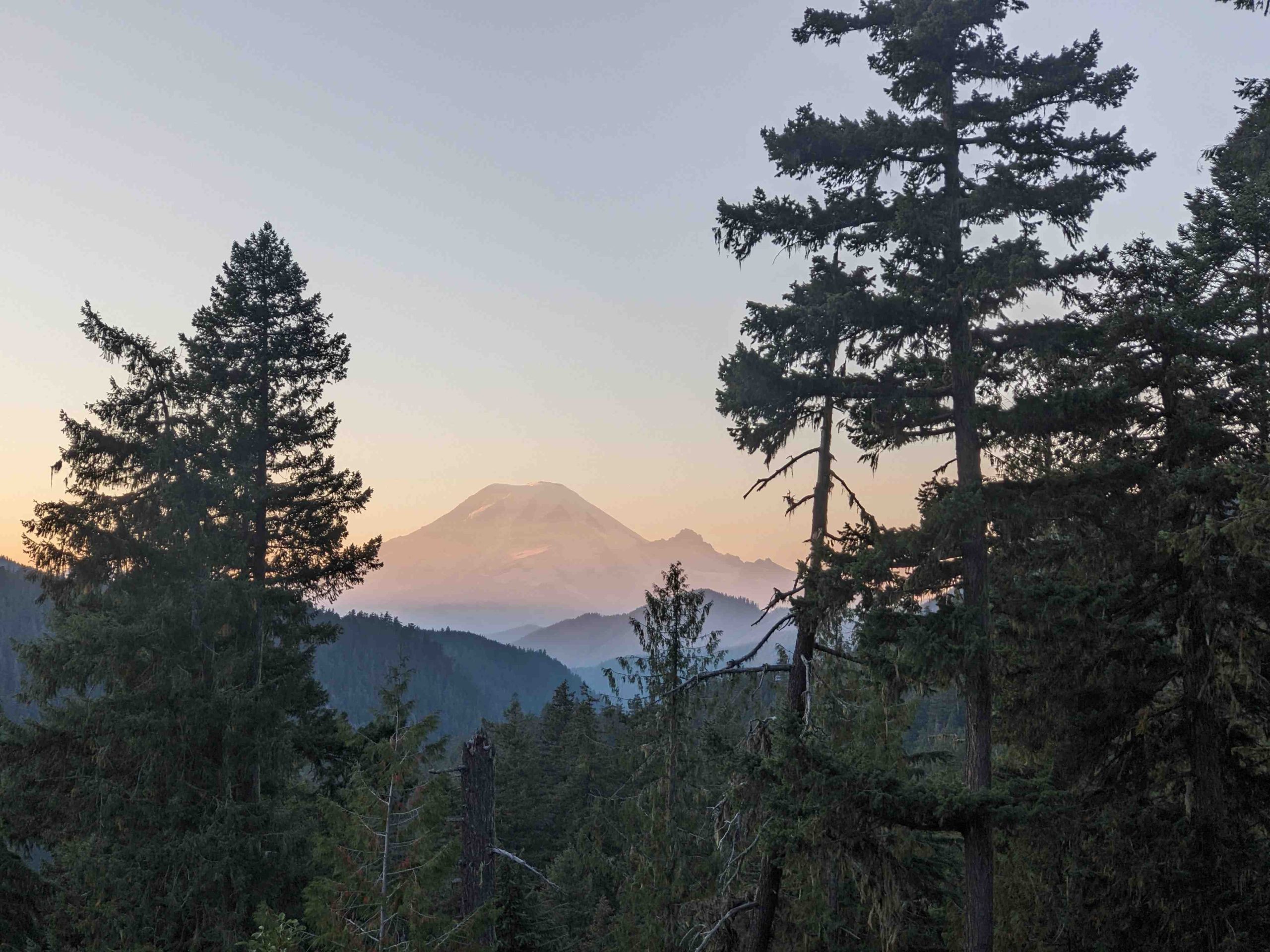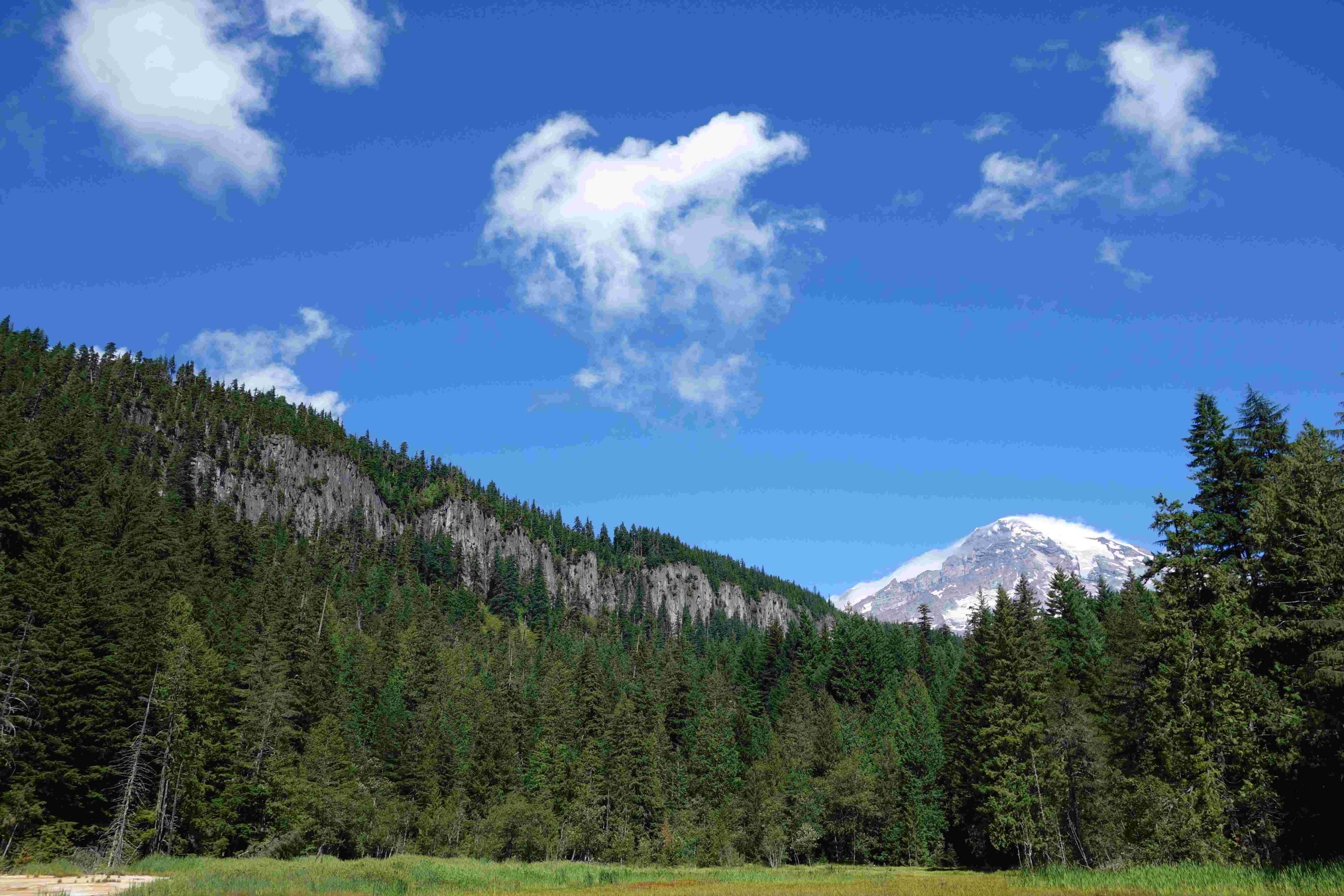Mount Rainier elk are a majestic sight in the Pacific Northwest. These magnificent creatures can be observed in their natural habitat around Mount Rainier, particularly in the Oak Creek Wildlife Area. The best time to view elk is during winter months, especially January and February, when they congregate in lower elevations for feeding. This guide provides essential information on elk behavior, viewing locations, and tips for a successful elk-watching experience near Mount Rainier.
Where Can I See Mount Rainier Elk?

The primary locations for viewing Mount Rainier elk are:
- Oak Creek Wildlife Area
- Cleman Mountain Feeding Site
- Occasionally in Paradise Area of Mount Rainier National Park
The Oak Creek Wildlife Area, located at 16601 Highway 12, Naches, Washington, is the most popular and accessible spot for elk viewing. During winter months, it can host up to 1,200 animals, including 90 branched-antlered bulls.
When Is the Best Time to View Mount Rainier Elk?

The optimal times for viewing Mount Rainier elk are:
- Season: Winter months (December to March)
- Peak Months: January and February
- Daily Viewing Hours: 11 a.m. to 3 p.m. (during feeding months)
During these times, the Oak Creek Wildlife Area operates a winter feeding program, which attracts large numbers of elk to easily observable locations.
What Behaviors Can I Expect to See in Mount Rainier Elk?
Mount Rainier elk exhibit various behaviors throughout the year:
- Mating Rituals (Rut):
- Occurs mid-September for about a month
- Bulls challenge each other for mating rights
-
Behaviors include bugling, charging, and antler locking
-
Feeding Patterns:
- Daily feeding at designated sites during winter
-
Supplemental feeding helps sustain the herd in harsh conditions
-
Seasonal Movement:
- Spring: Move to higher elevations as snow melts
- Summer: Disperse over wide areas
- Fall: Begin to congregate
- Winter: Return to lower elevation feeding grounds
How Can I Access Mount Rainier Elk Viewing Areas?
To access the primary elk viewing areas:
- Oak Creek Wildlife Area:
- From I-5 south of Olympia: Head east on Hwy 12
-
From I-82 at Yakima: Head west on Hwy 12 through Naches
-
Cleman Mountain Feeding Site:
- Located a few miles east of Oak Creek Wildlife Area
- Accessible via Highway 12
What Facilities Are Available for Elk Viewing?
The Oak Creek Wildlife Area offers several amenities for visitors:
| Facility | Details |
|---|---|
| Parking | Large parking areas available |
| Guided Tours | Daily from 11 a.m. to 3 p.m. during feeding months |
| Visitor Center | Open 10 a.m. to 4 p.m. during feeding months |
| Costs | Free to view exhibits, donations welcome |
| Required Passes | Discover Pass or WDFW Vehicle Access Pass |
What Rules Should I Follow When Viewing Mount Rainier Elk?
To ensure a safe and respectful elk viewing experience:
- Keep a safe distance from the elk
- Do not bring companion pets (they may spook the herds)
- Follow all posted guidelines and regulations
- Use designated viewing areas and platforms
- Do not feed the elk yourself
How Does the Winter Feeding Program Work?
The winter feeding program at Oak Creek Wildlife Area:
- Typically starts in late December
- Continues until mid-March
- Provides supplemental food for up to 1,200 animals
- Helps sustain the herd during harsh winter conditions
- Allows for easy viewing of large elk herds
What Should I Bring for Elk Viewing?
For a successful elk viewing experience, consider bringing:
- Binoculars or spotting scope
- Camera with zoom lens
- Warm, waterproof clothing (especially in winter)
- Snacks and water
- Field guide for elk identification
- Discover Pass or WDFW Vehicle Access Pass
How Do Mount Rainier Elk Impact the Ecosystem?
Mount Rainier elk play a significant role in the local ecosystem:
- Vegetation Management: Elk grazing helps maintain open meadows
- Nutrient Cycling: Their droppings fertilize the soil
- Food Source: Elk are prey for predators like wolves and bears
- Seed Dispersal: Elk can spread plant seeds through their fur and droppings
What Conservation Efforts Protect Mount Rainier Elk?
Several conservation efforts are in place to protect Mount Rainier elk:
- Habitat preservation and management
- Winter feeding programs
- Population monitoring and research
- Hunting regulations to maintain sustainable populations
- Public education and awareness programs
By understanding and appreciating Mount Rainier elk, visitors can contribute to their conservation and enjoy the majestic sight of these animals in their natural habitat.
References:
– Elk Feeding at Oak Creek Wildlife Area – Visit Rainier
– Operating Hours & Seasons – Mount Rainier National Park (U.S. National Park Service)
– Elk Rut Season | cascadeloop.com

